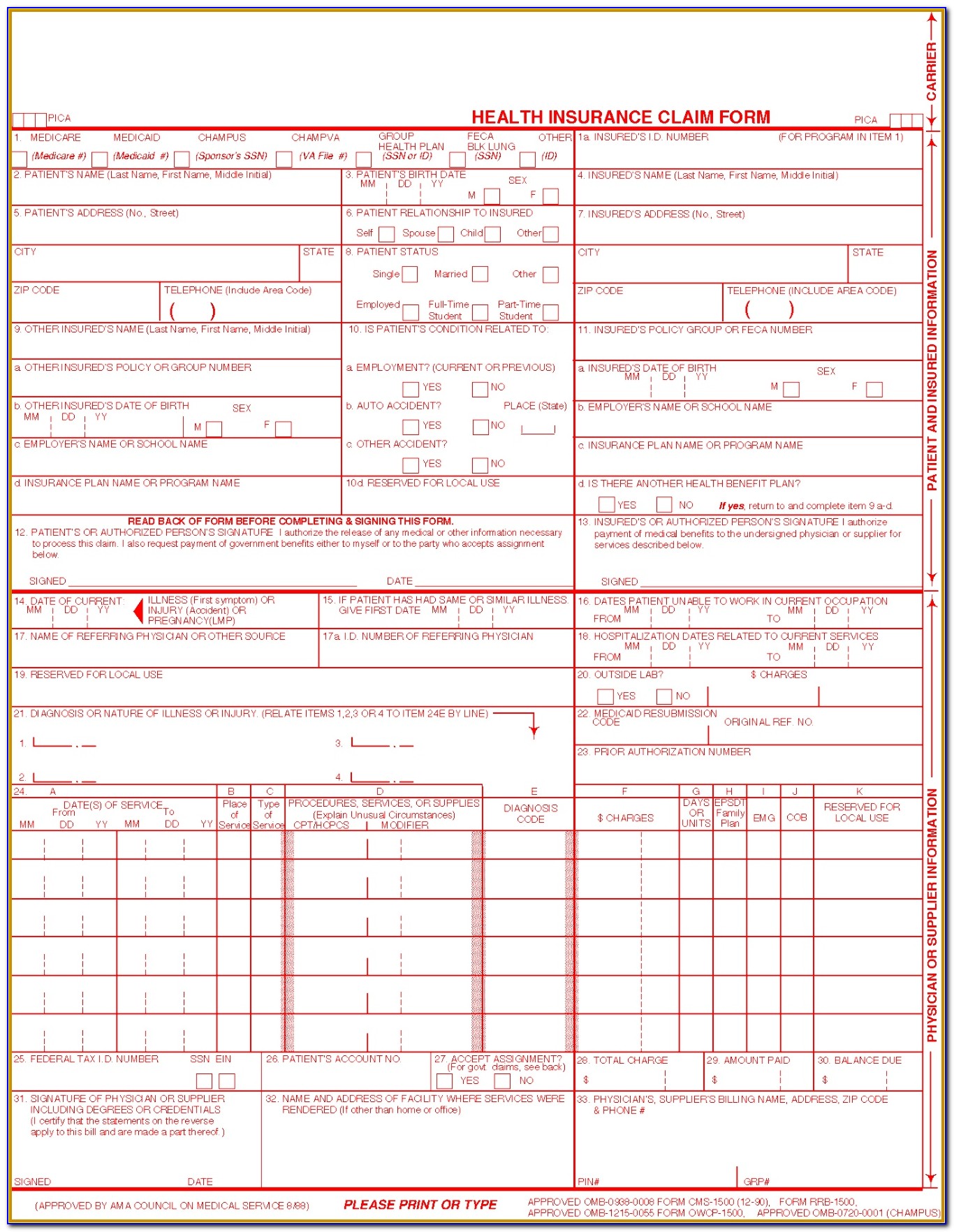

How to establish long term validation of signatures using the default signature callback for subfilter “ETSI.RFC3161” and the default RevocationCallback.How to implement signature callback function of signing.How to sign the PDF document with a signature.How to set all the layer nodes information.How to get marked content in a page and get the tag name.How to create a text object in a PDF page.How to remove some properties from catalog dictionary.How to open a document including wrapper data.


How to get and set page thumbnails in a PDF document.How to create a PDF page and set the size.How to calculate bounding box of page contents.How to save a document into memory buffer by WriterCallback.How to load PDF document and get the first page of the PDF document.How to load an existing PDF document from a file read callback object.How to load an existing PDF document from a memory buffer.How to load an existing PDF document from file path.How to create a PDF document from scratch.Import pdfrw TEMPLATE_PATH = 'template.pdf' OUTPUT_PATH = 'output.pdf' ANNOT_KEY = '/Annots' ANNOT_FIELD_KEY = '/T' ANNOT_VAL_KEY = '/V' ANNOT_RECT_KEY = '/Rect' SUBTYPE_KEY = '/Subtype' WIDGET_SUBTYPE_KEY = '/Widget' data_dict = '. The simplified transferable version (just add template PDF form with corresponding field names/values): The CodeĪs written for the original project see.
PYTHON PDF FORM FILLER TRIAL
Trial and error and delving through the PDF specification lead to the realisation that simply setting the /ap dictionary to an empty value made most PDF viewers re-render the set value.

The next step was to stich it all together and solve the issue of filled form fields not having an associated rendered state. So the first step was to create a PDF form from the provided Starter Checklist (any good PDF editor). Unfortunately HMRC no longer provide a PDF form instead opting for a convoluted online form that spits out a rather ugly PDF. The sticking point with the helpful instruction from the above posts was that the neatest way of filling a PDF is to populate a native PDF form (this also provides the benifit of producing a PDF that can then be further edited). The heavy lifting is done by the pdfrw library which provides a convenient way to read and write PDFs. A quick search of the internet showed a wonderful starting point from Jan Chęć in the post “ Filling PDF Forms In Python - The Right Way” which lead to “ How to Populate Fillable PDF’s with Python” The Detail This Snippet was to enable the HMRC Starter Checklist PDF to be pragmatically filled by a python app. This is just a short note/documentation on something I “wrote” for a project (that didn’t end up being presented) at NHS Hackday #22 in London. Snippet: Filling a PDF form using Python 02 July 2019 Snippet Filling a PDF form using Python


 0 kommentar(er)
0 kommentar(er)
